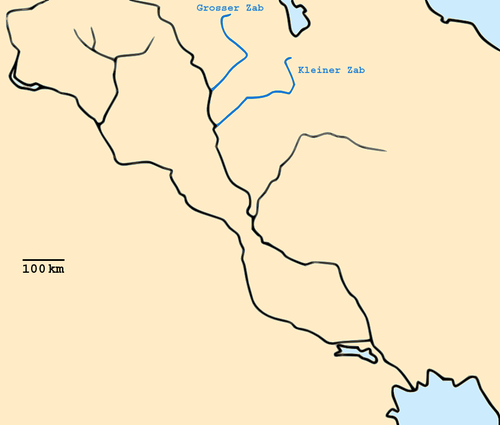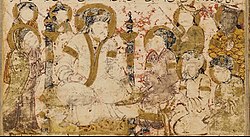| Years |
|---|
| Millennium |
| 1st millennium |
| Centuries |
| Decades |
| Years |
| 750 by topic |
|---|
| Leaders |
| Categories |
| Gregorian calendar | 750 DCCL |
| Ab urbe condita | 1503 |
| Armenian calendar | 199 ԹՎ ՃՂԹ |
| Assyrian calendar | 5500 |
| Balinese saka calendar | 671–672 |
| Bengali calendar | 156–157 |
| Berber calendar | 1700 |
| Buddhist calendar | 1294 |
| Burmese calendar | 112 |
| Byzantine calendar | 6258–6259 |
| Chinese calendar | 己丑年 (Earth Ox) 3447 or 3240 — to — 庚寅年 (Metal Tiger) 3448 or 3241 |
| Coptic calendar | 466–467 |
| Discordian calendar | 1916 |
| Ethiopian calendar | 742–743 |
| Hebrew calendar | 4510–4511 |
| Hindu calendars | |
| - Vikram Samvat | 806–807 |
| - Shaka Samvat | 671–672 |
| - Kali Yuga | 3850–3851 |
| Holocene calendar | 10750 |
| Iranian calendar | 128–129 |
| Islamic calendar | 132–133 |
| Japanese calendar | Tenpyō-shōhō 2 (天平勝宝2年) |
| Javanese calendar | 644–645 |
| Julian calendar | 750 DCCL |
| Korean calendar | 3083 |
| Minguo calendar | 1162 before ROC 民前1162年 |
| Nanakshahi calendar | −718 |
| Seleucid era | 1061/1062 AG |
| Thai solar calendar | 1292–1293 |
| Tibetan calendar | ས་མོ་གླང་ལོ་ (female Earth-Ox) 876 or 495 or −277 — to — ལྕགས་ཕོ་སྟག་ལོ་ (male Iron-Tiger) 877 or 496 or −276 |


Year 750 ( DCCL ) was a common year starting on Thursday of the Julian calendar, the 750th year of the Common Era (CE) and Anno Domini (AD) designations, the 750th year of the 1st millennium, the 50th year of the 8th century, and the 1st year of the 750s decade. The denomination 750 for this year has been used since the early medieval period, when the Anno Domini calendar era became the prevalent method in Europe for naming years. According to historian Peter Brown, this year marked the universal beginning of the Middle Ages across every human civilization, thus marking the end of the late antiquity along with the classical world.
